© tetronik GmbH. All rights reserved.
© tetronik GmbH. All rights reserved.
Alarm Management in Intensive Care Units
Support nurses through targeted alarm distribution
Patient monitors and other medical devices use acoustic alarms to signal an acute need for action on the part of monitored patients. The large number of alarms and frequent workflow interruptions can lead to mental overload or even desensitization ('alarm fatigue') among nursing staff.
With DAKSmed, these alarms can be distributed to the mobile alarm receivers of assigned caregivers in a targeted manner. Based on the alarm types and priorities displayed, nursing staff can better evaluate when and where their immediate action is required, regardless of their current location.
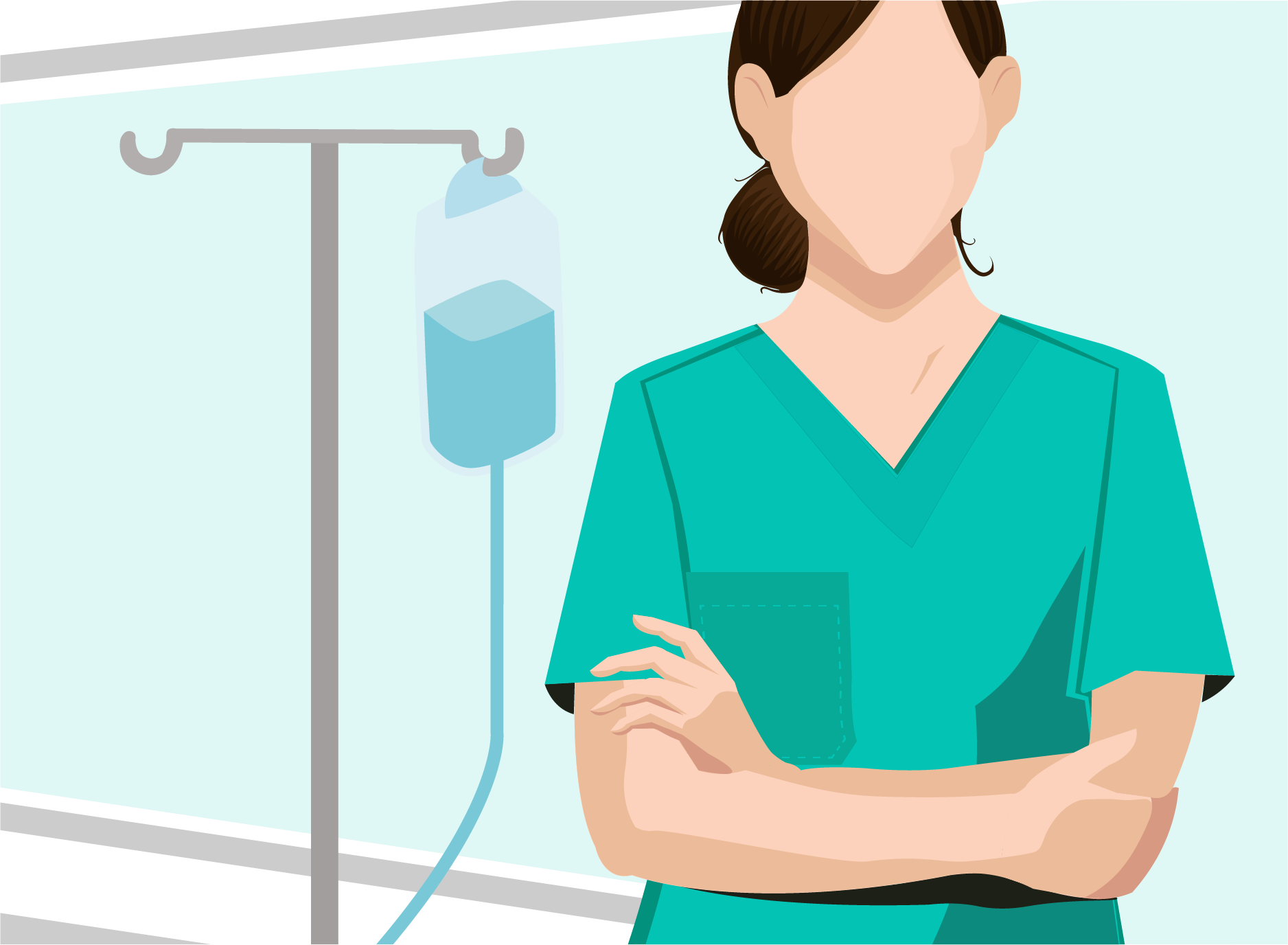
This is how you provide more relevant alarms and better patient care

Her patient needs constant monitoring
Recovering from recent heart surgery, Mrs. Kirkland still suffers from acute cardiac arrhythmias.
In order to keep a close eye on her status, nurse Irene was assigned to her specifically, nurse Clara acting as her deputy.
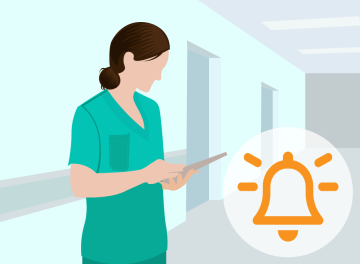
Wherever she is – she receives every alarm relevant to her
In the course of the morning, Mrs. Kirkland's palpitating heart causes a series of alarms. These are transmitted to nurse Irene's alarm receiver in a targeted way, letting her see directly on the display the origin and the type of each individual alarm.
Thanks to this mobile alerting process, she doesn't always need to be near the patient, leaving her free to tend to other tasks in the meantime.

She has many patients – and everything under control
A couple of rooms down the hall, an ECG electrode has come off due to the fitful sleep of Mr. Carlson. This sets off a signal tone on her alarm receiver.
A technical alarm message is shown on the display: „Electrode off“, giving her a clear identification of her patient. Nurse Irene knows that this can wait for a brief moment, so she might finish the preparation of today's medication.
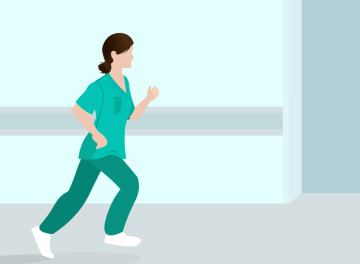
She knows exactly when and where action is required
When more electrodes fall off due to Mr. Carlson's movements and a heart alarm is triggered, she is alerted by a special alarm tone. A corresponding message appears on her display.
Nurse Irene postpones the rest of the preparation until later and instead heads directly for Mr. Carlson's room.
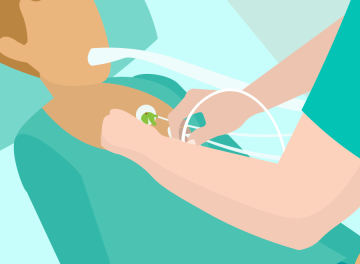
But what if she is currently tied up?
While she is correctly reattaching the electrodes on Mr. Carlson's body, she receives another medium-priority alarm from Mrs. Kirkland's patient monitor with a corresponding text message on the display.
But since she is already busy taking care of Mr. Carlson's loose electrodes, she would like to refer the alarm to her deputy, nurse Clara, and presses the appropriate key to decline.
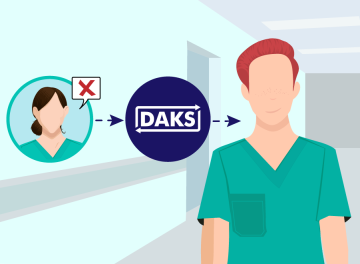
Then DAKS simply forwards the task to another nurse
With this, the alarm is instantly forwarded to nurse Clara, who at this time is busy filling in a form. She immediately hurries to Mrs. Kirkland, taking over care of the patient.
Nurse Irene doesn't need to interrupt her tending to one of her patients, nor does she need to weigh priorities. Instead, she can quickly and effectively refer the task to her colleague.
Benefits of targeted alarm distribution

Relieving the burden on nursing staff
- The risk of mental overload and desensitized by too many alarms decreases.
- Unnecessary interruptions in patient care workflows are reduced.
- Nursing staff can work more efficiently, more attentively, more focused, and more autonomously.

Faster and more appropriate help for the patients
- Patients who need immediate help receive it more quickly. Patient care is improved.
- The satisfaction of patients and their relatives with the overall quality of care increases.

More efficiency and security for the clinic
- The stress level of nursing personnel reduces, effectively lowering sickness rates, absenteeism, and staff fluctuation.
- All alarm processes are logged in detail – This provides an effective basis for the optimization of processes, but also for legal certainty.
Discuss your individual
application project with us
Add this solution
to your shortlist
Related Application Examples
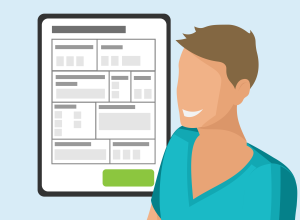
Automate Trauma Room Alerting
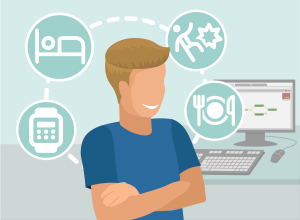
Design IoT Workflows in Nursing More Securely
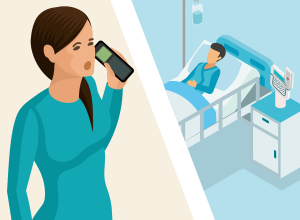
Unburdening Nurses: Distribution of Nurse Calls
- Home
- Applications
- Healthcare
- Alarm Management in Intensive Care Units
© tetronik GmbH. All rights reserved.





